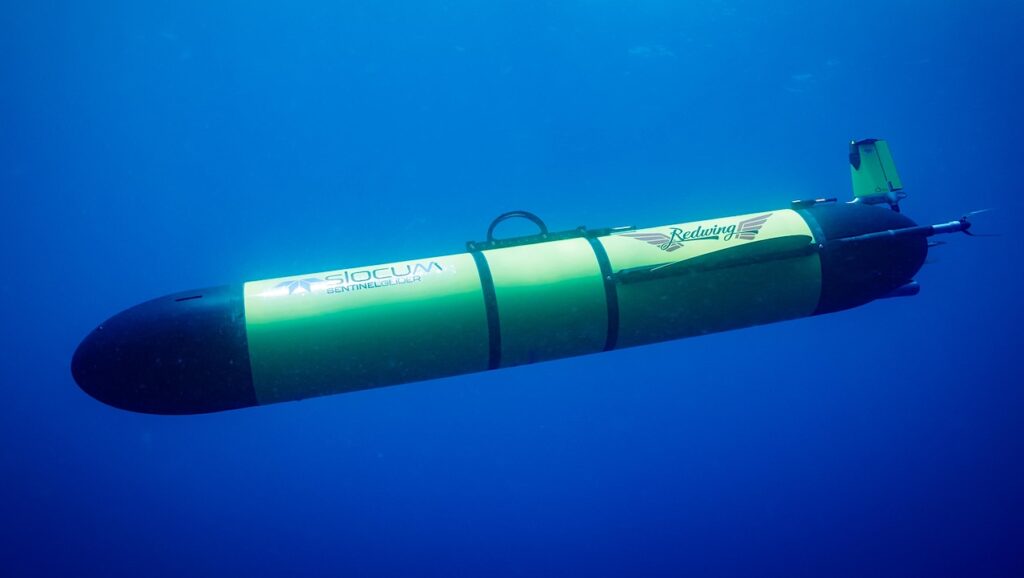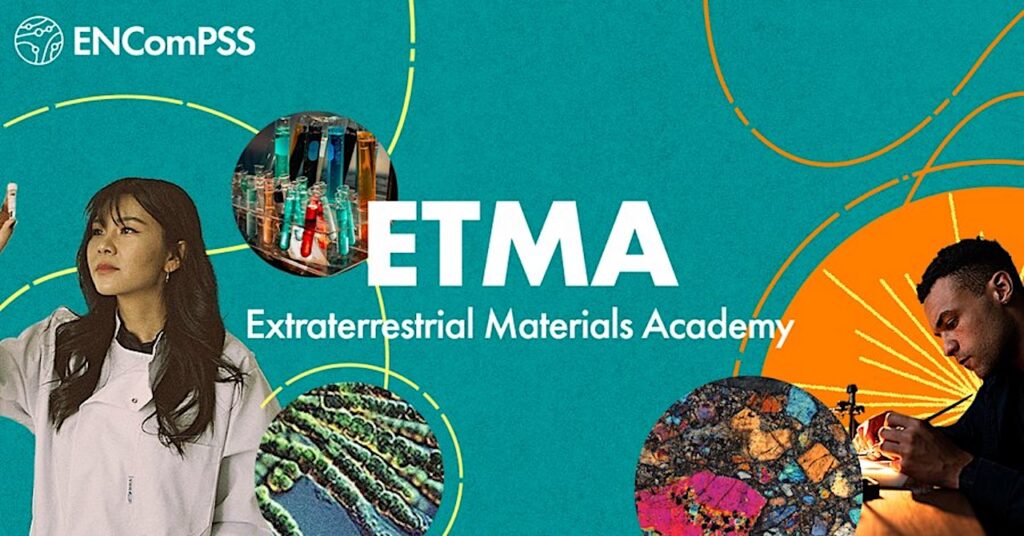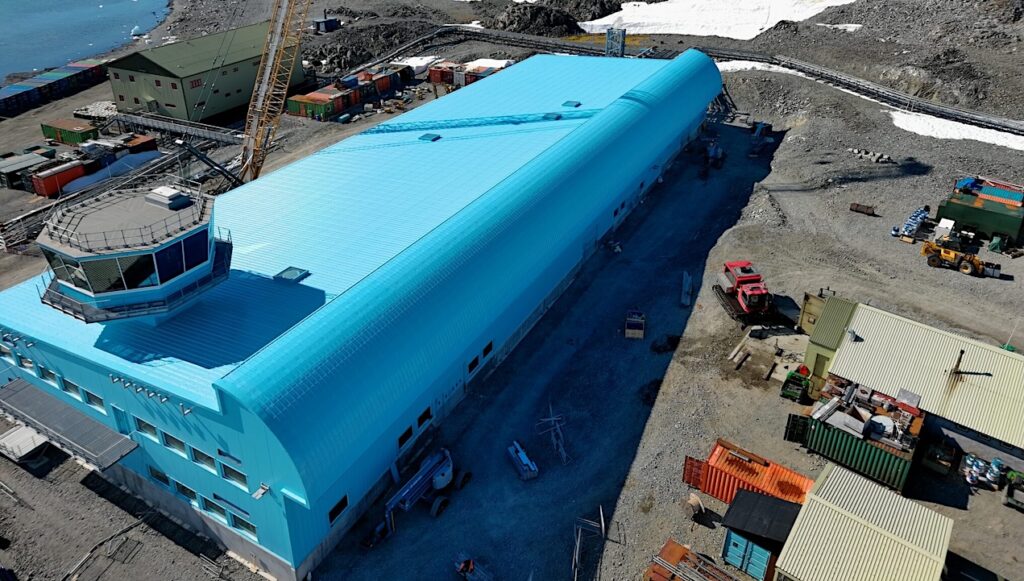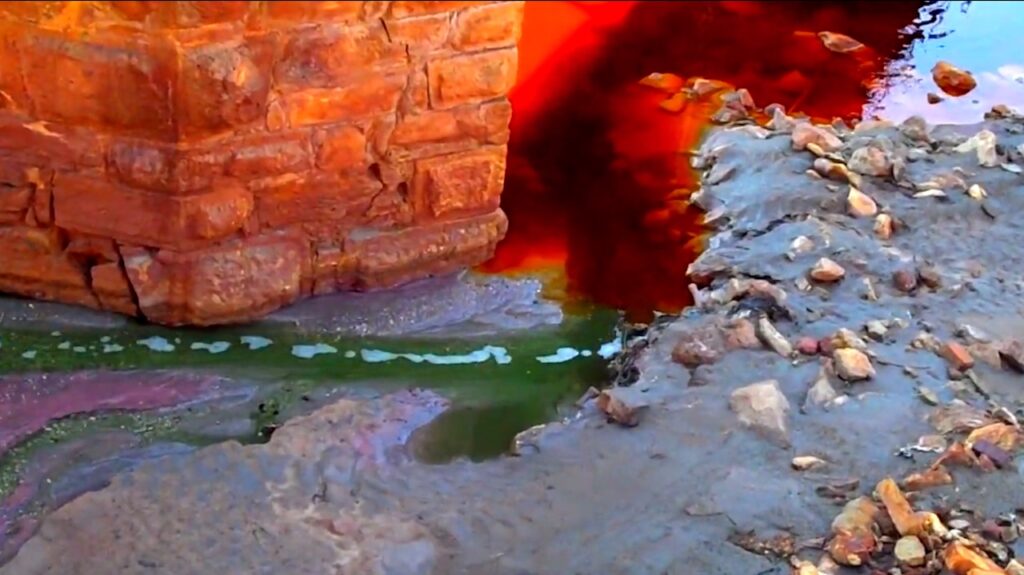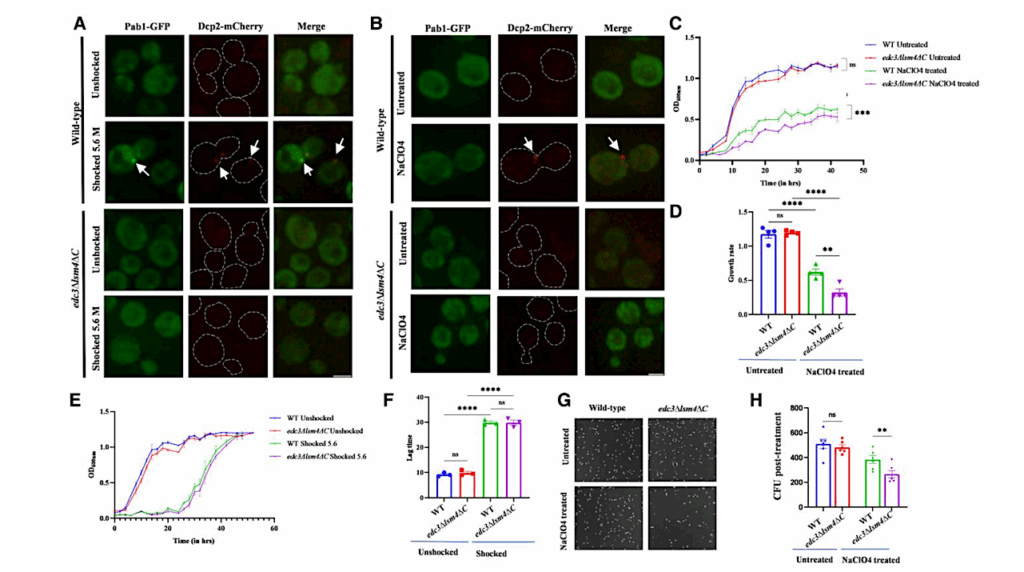21st-Century Astrobiology Missions Should Seek These High-Confidence Biosignatures in Mid-Latitude Martian Ice
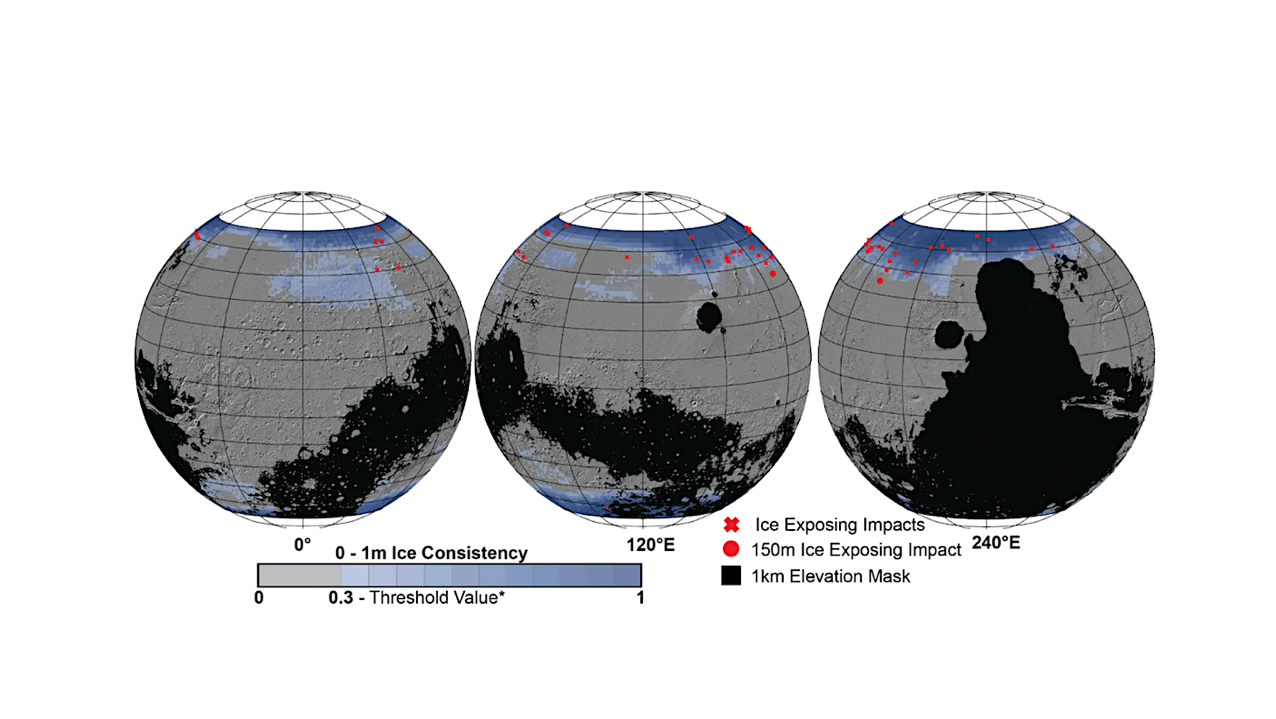
This white paper was submitted to NASA’s Search For Life Science Analysis Group (SFL-SAG).
To ensure that the first mission designed to seek signs of extant life since 1976 is able to produce an unambiguous biological interpretation, the SFL-SAG is tasked with identifying the most high-confidence, agnostic biosignatures which are targetable, detectable, and measurable in Martian subsurface mid-latitude ice.
To aid in this effort, this white paper highlights three examples of target materials or phenomena, along with associated instrument concepts, which the SFL-SAG shall prioritize in its efforts to define the appropriate astrobiological strategy.
These include 1) polyelectrolyte informational biopolymers, 2) macromolecular biological homochirality, and 3) chiral-specific metabolic reactions. The Agnostic Life Finding Association (ALFA) and University of Florida (UF) support the development of instrumentation that seeks these high-confidence biosignatures.
The Agnostic Life Finding Association (ALFA) and the University of Florida (UF) support the development of instrument concepts that enable the analyses/measurements of agnostic biosignatures. In addition to the aforementioned ALF system, ALFA supports the development of the Integrated Miniature Polarimeter and Spectrograph (IMPS) instrument.
IMPS is a bench-top instrument that enables the non-destructive chiroptical spectroscopy of macromolecular biological homochirality. It is yet to be determined what levels of preconcentration are needed to provide adequate in-situ sensitivity for chiroptical detection. Chiroptical measurements can be done for many sample types, but would be particularly useful as an orthogonal measurement of polyelectrolyte biopolymers, in addition to ALF’s aforementioned analyses.
Christopher Temby, Jan Spacek
Subjects: Instrumentation and Methods for Astrophysics (astro-ph.IM); Earth and Planetary Astrophysics (astro-ph.EP)
Cite as: arXiv:2508.02746 [astro-ph.IM] (or arXiv:2508.02746v1 [astro-ph.IM] for this version)
https://doi.org/10.48550/arXiv.2508.02746
Focus to learn more
Submission history
From: Christopher Temby
[v1] Sat, 2 Aug 2025 17:58:09 UTC (161 KB)
https://arxiv.org/abs/2508.02746
Astrobiology, NASA-DARES 2025


